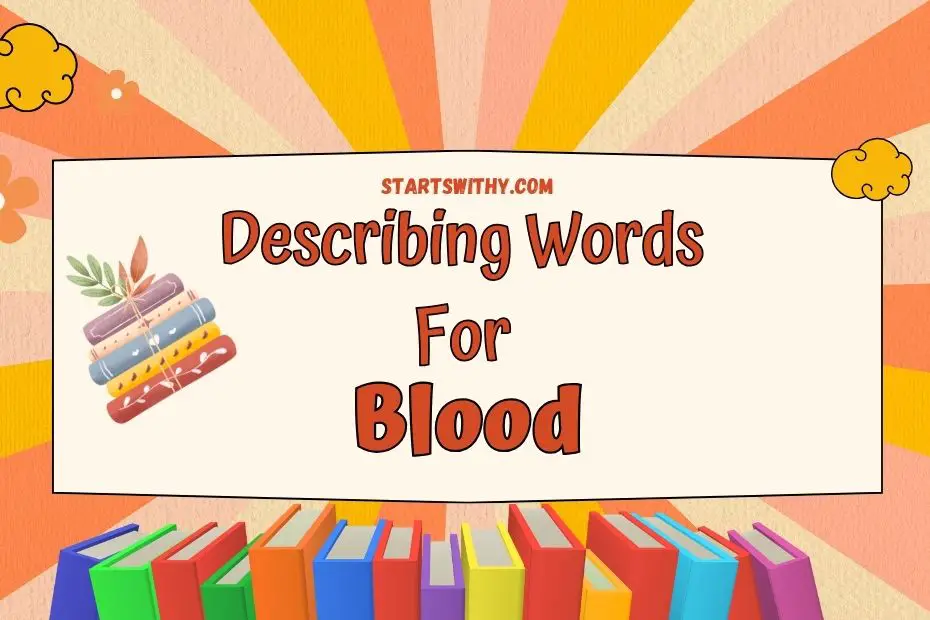Are you looking to add a little extra oomph to your English vocabulary? Well, look no further! In this article, I’ll be diving into the fascinating world of superlative adjectives. These powerful words allow us to express the highest degree of a quality when comparing multiple things. Whether you want to describe the biggest, the fastest, or the most beautiful, superlative adjectives will help you paint vivid pictures with your words.
Superlative adjectives are not just reserved for comparing two things, but rather, they come into play when we want to highlight the extreme quality of one thing in a group. From the tallest skyscrapers to the most delicious desserts, superlative adjectives help us convey the ultimate level of a characteristic. But that’s not all! In this article, I’ll also touch upon the different ways to form superlative adjectives, including both short and long adjectives.
What are Superlative Adjectives?
In this section, I’ll provide a clear explanation of what superlative adjectives are and how they are formed. Superlative adjectives allow us to express the highest degree of a quality when comparing multiple things. They are used to highlight the extreme quality of one thing in a group.
Definition of Superlative Adjectives
Superlative adjectives are a type of adjective that expresses the highest degree or extreme quality of something. They are used when comparing three or more people or things. For example, words like “biggest” and “fastest” are examples of superlative adjectives.
To better understand superlative adjectives, let’s take a look at how they are formed.
Forming Superlative Adjectives
There are two ways to form superlative adjectives: using short adjectives or long adjectives.
Short Adjectives:
Short adjectives can be made into superlatives by adding “-est” at the end. For example:
| Comparative | Superlative |
|---|---|
| Big | Biggest |
| Fast | Fastest |
| Small | Smallest |
Long Adjectives:
Long adjectives, on the other hand, use “most” before the adjective to form the superlative. For example:
| Comparative | Superlative |
|---|---|
| Beautiful | Most beautiful |
| Interesting | Most interesting |
| Dangerous | Most dangerous |
It’s important to remember that superlative adjectives are used when comparing three or more things and not just two. They help us describe the extreme quality or highest degree of a particular thing.
*Note: This section provides a clear explanation of what superlative adjectives are and how they are formed. Superlative adjectives express the highest degree of a quality when comparing multiple things. They can be formed by adding “-est” to short adjectives or using “most” before long adjectives.
Examples of Superlative Adjectives
As we continue our exploration of superlative adjectives, let’s look at examples to better understand how they are used in sentences. Superlative adjectives help us describe the extreme quality or highest degree of something when comparing three or more people or things. In this section, we’ll delve into examples of superlative adjectives for both one-syllable words and two or more syllable words.
Superlative Adjectives of One-Syllable Words
When it comes to one-syllable words, forming the superlative adjective is relatively straightforward. Let’s take a look at some examples:
| Adjective | Comparative Form | Superlative Form |
|---|---|---|
| Big | Bigger | Biggest |
| Small | Smaller | Smallest |
| Fast | Faster | Fastest |
In these examples, we add “-er” to form the comparative form and “-est” to form the superlative form of the adjective. For example, “big” becomes “bigger” in the comparative form and “biggest” in the superlative form.
Superlative Adjectives of Two or More Syllable Words
For two or more syllable words, forming the superlative adjective requires a slightly different approach. Let’s take a look at some examples:
| Adjective | Comparative Form | Superlative Form |
|---|---|---|
| Happy | Happier | Happiest |
| Nervous | More/Less Nervous | Most/Least Nervous |
| Massive | More/Less Massive | Most/Least Massive |
In these examples, we either add “-er” to form the comparative form, or we use the words “more/less” before the adjective. Similarly, for the superlative form, we add “-est” or use the words “most/least” before the adjective.
It’s important to note that there are exceptions for two-syllable words ending in “y.” In these cases, we drop the “y” and add “iest” to form the superlative adjective. For example, “happy” becomes “happiest.”
By understanding these examples, we can effectively use superlative adjectives to describe the extreme quality or highest degree of something. So, whether we’re talking about the biggest, smallest, happiest, or most nervous, superlative adjectives allow us to express the utmost qualities in a group of people or things.
Now that we have explored examples of superlative adjectives, let’s move on to further understand how to use them in sentences.
Using Superlative Adjectives in Sentences
Comparing Two Things with Superlative Adjectives
When we want to compare two things using superlative adjectives, we use the form “adjective + -er + than”. This structure allows us to express the higher or lower quality of one thing compared to another. Let’s take a look at some examples:
| Sentence | Meaning |
|---|---|
| My car is faster than yours. | Comparing the speed of two cars |
| His house is bigger than mine. | Comparing the size of two houses |
| The rabbit is smarter than the turtle. | Comparing the intelligence of two animals |
In these examples, we can see that the superlative adjective is used to highlight the superior or inferior quality in the comparison between two things.
Comparing Three or More Things with Superlative Adjectives
When we want to compare three or more things using superlative adjectives, we use the form “the + adjective + -est”. This structure allows us to express the highest or extreme quality of one thing in a group. Let’s take a look at some examples:
| Sentence | Meaning |
|---|---|
| This is the tallest building in the city. | Comparing the height of multiple buildings |
| She is the youngest student in the class. | Comparing the age of multiple students |
| That was the most delicious cake I’ve ever had. | Comparing the taste of multiple cakes |
In these examples, the use of the superlative adjective indicates that one thing stands out as the highest or best among a group of objects or people.
Superlative adjectives provide a way for us to describe the extreme or highest degree of something. Whether we are comparing two things or multiple things, superlative adjectives help us convey the differences in quality and characteristics. By using these forms correctly in our sentences, we can effectively communicate our ideas and descriptions.
Exceptions and Irregularities
Irregular Superlative Adjectives
While most superlative adjectives follow a set pattern, there are some irregular adjectives that don’t follow the usual rules. It’s important to memorize these exceptions to ensure correct usage. Here are some common irregular superlative adjectives in English:
| Adjective | Comparative | Superlative |
|---|---|---|
| good/well | better | best |
| bad | worse | worst |
| far | farther | farthest |
| little | less | least |
| old | older | oldest |
| many/much | more | most |
For example:
- That was the best birthday present ever.
- I bought the least expensive souvenir that I could find.
These irregular adjectives have their own unique forms for comparative and superlative degrees, and they don’t follow the regular pattern discussed earlier.
Exceptions to the -est Rule
Additionally, there are some exceptions to the rule of adding “-est” to form the superlative degree. Certain adjectives can use either the “-er” or “-est” ending, or the words “more/most” or “less/least”. However, it’s important to note that you should not use both forms at the same time.
Here are some examples of adjectives that can be formed using either the “-er/-est” ending or the words “more/most” or “less/least”:
| Adjective | Comparative | Superlative |
|---|---|---|
| quiet | quieter | quietest/more quiet |
| narrow | narrower | narrowest/more narrow |
| clever | cleverer | cleverest/more clever |
| yellow | yellower | yellowest/more yellow |
For example:
- The room became quieter as the children settled down for naptime.
- The most clever student in the class won the science fair.
These exceptions allow for additional flexibility in choosing the comparative and superlative forms of certain adjectives, but remember to use one form consistently for each adjective.
By understanding these exceptions and irregularities, we can effectively use superlative adjectives to describe the extreme quality or highest degree of something, even in cases where the usual rules don’t apply.
Conclusion
Mastering the use of superlative adjectives is essential for effective communication. In this article, we have explored how to compare two things using the form “adjective + -er + than” and how to compare three or more things using the form “the + adjective + -est”. By understanding these structures, we can describe the extreme quality or highest degree of something with precision.
We have also discussed exceptions and irregularities to the usual rules of forming superlative adjectives. Knowing these exceptions allows us to navigate situations where the usual rules don’t apply. Additionally, we have provided a list of common irregular superlative adjectives and their comparative and superlative forms to further enhance our understanding.
With this knowledge, we can confidently express ourselves and convey the intensity or superiority of something. Whether we are describing the fastest car, the tallest building, or the most delicious meal, superlative adjectives enable us to paint vivid pictures with our words.
By incorporating superlative adjectives into our writing and speech, we can add depth and emphasis to our descriptions, making our communication more engaging and impactful. So, let’s continue to explore and experiment with superlative adjectives to enhance our language skills and captivate our audience.



